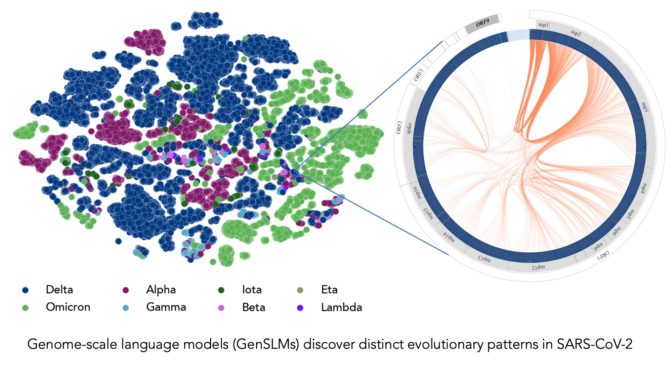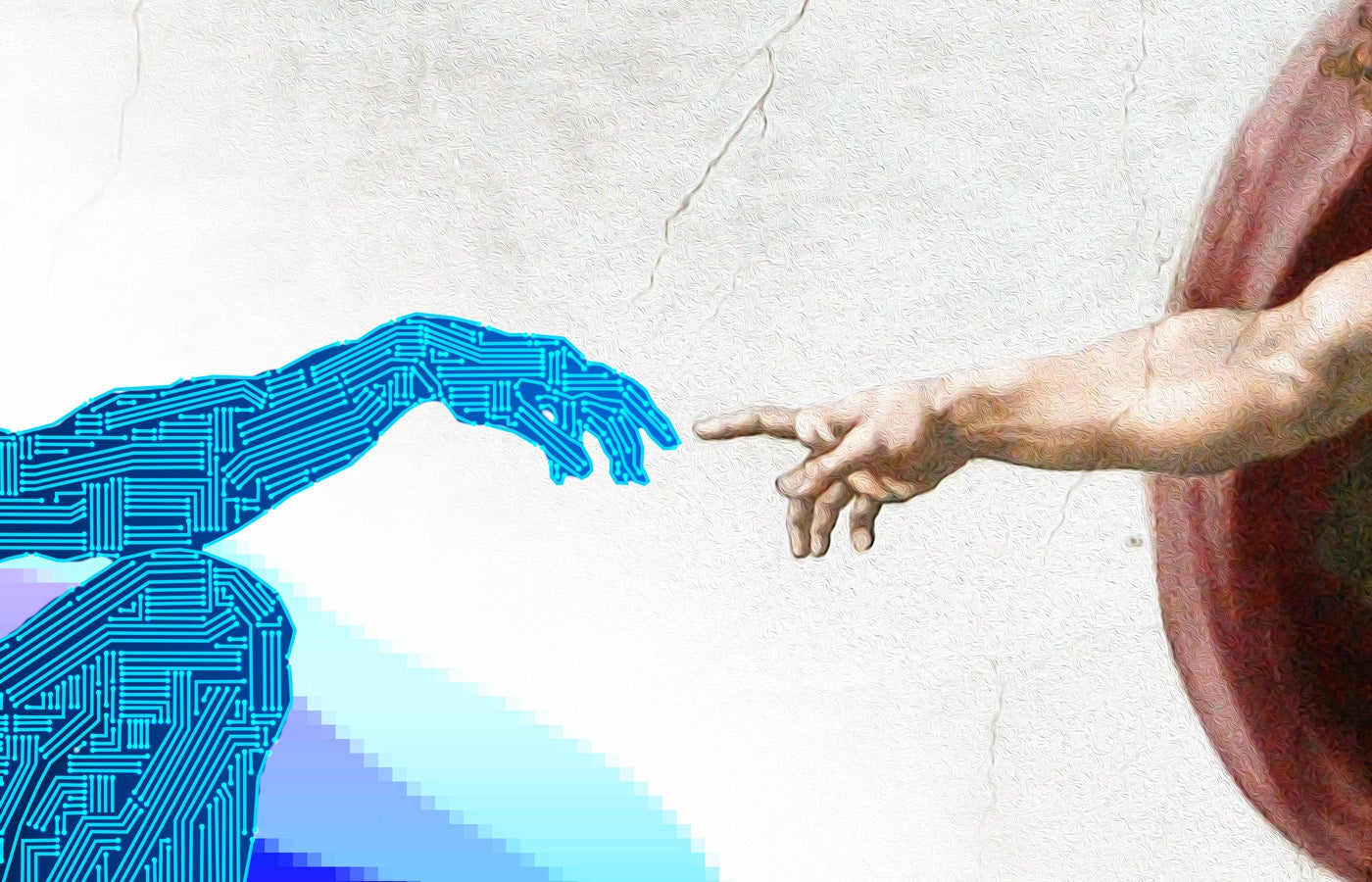
Understanding the Visual Knowledge of Language Models
Language models (LLMs) trained predominantly on text are proving to be surprisingly adept at generating intricate visual concepts. Through the clever combination of language comprehension and coding, these models can create rich and imaginative illustrations, effectively allowing users to explore complex scenes without direct visual input. Researchers at the Computer Science and Artificial Intelligence Laboratory (CSAIL) have demonstrated that these models possess a profound grasp of spatial relationships and various shapes and colors. This information, distilled from the vast web of textual descriptions, equips LLMs to handle creative tasks often reserved for visual AI systems.
Harnessing Text for Visual Thought
One of the most fascinating features of language models is their ability to interpret and express visual ideas through descriptive prompts. For instance, when a user commands the model to “draw a parrot in the jungle,” the LLM taps into its expansive knowledge accumulated from numerous textual references, conjuring up an illustration that reflects this scene.
To evaluate the extent of visual knowledge embedded within these LLMs, the CSAIL team developed a unique benchmarking tool dubbed the Visual Aptitude Dataset. This innovative measure assesses the models’ abilities to generate illustrations, recognize various objects, and self-correct their outputs when needed. Upon compiling the results, these illustrations are utilized to train a novel image-recognition system capable of identifying real-world photographs, even though it has never been directly exposed to visual data.
 Exploring the unseen creativity of LLMs.
Exploring the unseen creativity of LLMs.
Tamar Rott Shaham, a co-lead author of the study and postdoc in electrical engineering and computer science at MIT, emphasizes the revolutionary aspect of this approach: “We essentially train a vision system without directly using any visual data.” This statement underlines the idea that LLMs, through their text-based interactions, have developed an understanding that can be repurposed to construct visually communicative systems.
Synthetic Data: A New Frontier
The CSAIL researchers began constructing their dataset by prompting models to generate code for various objects and settings. This code was transformed into simple digital illustrations, illustrating scenarios like a series of bicycles arranged in neat rows. The model’s adeptness at spatial arrangement emphasizes its capability to grasp complex visual concepts effectively.
In a further exploration of creativity, LLMs generated a cake shaped like a car, seamlessly fusing two disparate ideas while also creating artwork that portrayed glowing light bulbs. These capabilities indicate that underlying the generation process is an impressive understanding of aesthetics and composition.
Educational Potential of Language Models
The AI system developed from this research has shown impressive performance metrics, notably exceeding traditional image datasets that rely on real photographs. This creates a compelling case for the potential educational applications of LLMs, particularly in fields requiring innovative visual conceptualization.
Furthermore, one important insight from the CSAIL team is the potential synergy between LLMs and artistic diffusion models. While systems like Midjourney excel at generating images, they sometimes struggle with refining the finer details. For example, if a user requests a modification where they want fewer cars in the picture or need an object repositioned, an LLM’s preliminary sketch could improve the results from a diffusion model, enhancing the overall user experience.
 Collaborative innovation in AI-generated visuals.
Collaborative innovation in AI-generated visuals.
However, the research is not without its quirks. The same models that can whimsically draw objects may occasionally misidentify them. The CSAIL revelations indicate that LLMs sometimes recognize concepts inaccurately, even though they exhibit remarkable creativity and variability in their artistic output. Asking the models to draw familiar items multiple times yields diverse interpretations, hinting at the existence of some form of mental imagery in their architecture.
Future Directions in Visual AI
As the MIT research team looks ahead, they view their findings as a foundational step towards understanding how well generative AI models can train visual recognition systems. Plans are in place to broaden the challenges presented to LLMs further, potentially enriching their datasets and expanding their capabilities.
Despite facing limitations, particularly regarding the access to the training datasets of the LLMs explored, the future of this cross-disciplinary innovation appears promising. Moving forward, the CSAIL team envisions creating even more refined vision models by allowing direct collaboration with LLMs.
In conclusion, the intersection of language and vision in AI is paving the way for enhanced creative tools and learning frameworks that bridge the gap between words and images. This transformative research not only advances artificial intelligence but also opens up broader horizons for how we understand and interact with technology.
References
- AI system makes models like DALL-E 2 more creative
- Rewriting the rules of machine-generated art
- A simpler path to better computer vision
For more leading insights, subscribe to MIT News.















